Wetlands: The Secret To Climate Change

Climate change is an important topic of discussion for the past couple of decades. There has been lots of talk about ways to prevent climate change from progressing, from turning off appliances or biking to work, but what are other factors that significantly affect the amount of carbon in the earths atmosphere? Well, world wetlands are the secret to climate change. More specifically by trapping something called blue carbon. But what are wetlands & why do we need them?

WHAT DEFINES A WETLAND?
Wetlands are commonly referred to as marshes or swamps, and can be found all over the world. Their main characteristic is that their habitat and composure is ever changing depending on water levels. Wetlands are made by floods or some are permanent fixtures of the landscape.
Wetlands are often also referred to as marshes or swamps and can be found all over the world. Their main characteristic is that their habitat and composure is ever changing depending on water levels. Some wetlands are permanent while… Share on XThere are wetlands all over the world. Some of the most well known wetlands are The Pantanal (runs through Brazil, Bolivia and Paraguay), The Queen Maude Gulf (located in Canada) and Grands Affluents (in Chad). All of these wetlands have their own irreplaceable biodiverse populations. For example, The Grands Affluents is home to endangered species of hippopotamus, elephant and gorilla.
Some wetlands are man made! They are created in areas that need wastewater management and in urban areas where water scarcity is an ongoing issue. They are also often created in an effort to restore land areas lost to mining or development that have since suffered from wetland loss.
 WHY ARE WETLANDS IMPORTANT?
WHY ARE WETLANDS IMPORTANT?
They are busy! Wetlands perform a number of important functions. Not only do they support a large number of animal and plant species (they are regarded as the most biologically diverse of all ecosystems), they also aid in shoreline stabilization, water filtration and purification, storage of water supplies and carbon processing. They also are able to store 10x the amount of carbon as an equivalent sized land forest.
Have you heard of blue carbon?
Marine ecosystems capture carbon. This carbon is blue carbon. Carbon is processed through photosynthesis and turned into plant material. Through this process carbon then becomes plant material aiding in water filtration and supporting this diverse ecosystem. Wetlands store 44.6 million tonnes of carbon material each year.
Greenhouse gases create a ‘green house’ like effect on the world. According to NASA:
The greenhouse effect is the way in which heat is trapped close to the surface of the Earth by “greenhouse gases.” These heat-trapping gases can be thought of as a blanket wrapped around the Earth, which keeps it toastier than it would be without them. Greenhouse gases include carbon dioxide, methane and nitrous oxides.
This heat trapping effect is also why we know climate change as global warming. Even the slight warming of the earth can have catastrophic effects of all of it’s inhabitants and our necessary resources. This is why it’s incredibly important to minimize and balance out our carbon producing activities.
 HOW CAN WE HELP OUR WORLD WETLANDS?
HOW CAN WE HELP OUR WORLD WETLANDS?
The loss of wetlands, not surprisingly, comes at the hands of humans. Wetlands are often contaminated by toxins and chemicals flowing through the water within them, hindering their ability to provide proper water purification and safe ecosystems for their diverse organism population.
Developers fill in wetlands for agriculture and livestock fields, mining, urban housing or industrial factory developments.
So what do we see when we destroy wetlands? Typically we see water scarcity, endangered species, shoreline instability and breeding/nesting areas disturbed. As bleak as this all sounds, we have great news: there are things that you can do to help preserve our world wetlands!
➊ DO NOT USE HARSH CHEMICAL CLEANERS – chose natural cleaners to stop the flow of detrimental chemicals that get washed into our waterways each day. This can significantly reduce the amount of work our wetlands have to do. This will also help protect any species in our wetlands from being harmed by these chemicals. Using natural cleaning product alternatives, such as hydrogen peroxide and vinegar, or Homebiotic Surface Cleaner then follow with an environmental probiotic, like Homebiotic Probiotic Spray, to rebalance and protect your home.
➋ SOURCE SUSTAINABLE AQUACULTURE & AGRICULTURE PRODUCTS – do a bit of research when shopping to make sure you’re not purchasing from a producer that has created their product at the expense of our wetlands. Developers destroy wetlands to create aquaculture infrastructure like shrimp farms. So make sure you ask questions about where your food comes from and look for sustainable labeling.
➌ HELP CONSERVE WETLANDS IN YOUR COMMUNITY – keep your eyes and ears out for developments in your community that may negatively impact your local wetlands. Contact local politicians and advocate for these extremely important ecosystems to prevent them from becoming developments. Cities use the ‘protected’ designation for important ecosystems to prevent urban development.
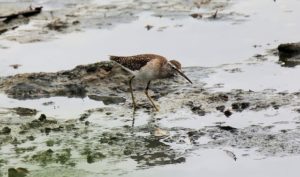
Nature preservation as a whole is of the utmost important not only for the continuation of many different species of flora and fauna, but also to keep the earth in good health. World wetlands are the secret to climate change. They filter our water, keep our shorelines intact, reduce the carbon in the atmosphere & are a necessity to many organisms. We love world wetlands!
RESOURCES
https://www.conservation.org/blog/what-on-earth-is-blue-carbon
https://www.thebluecarboninitiative.org/
https://ontarionature.org/programs/nature-reserves/
https://smartwatermagazine.com/blogs/agueda-garcia-de-durango/10-largest-wetlands-world
https://climate.nasa.gov/faq/19/what-is-the-greenhouse-effect/
https://scied.ucar.edu/learning-zone/how-climate-works/greenhouse-effect

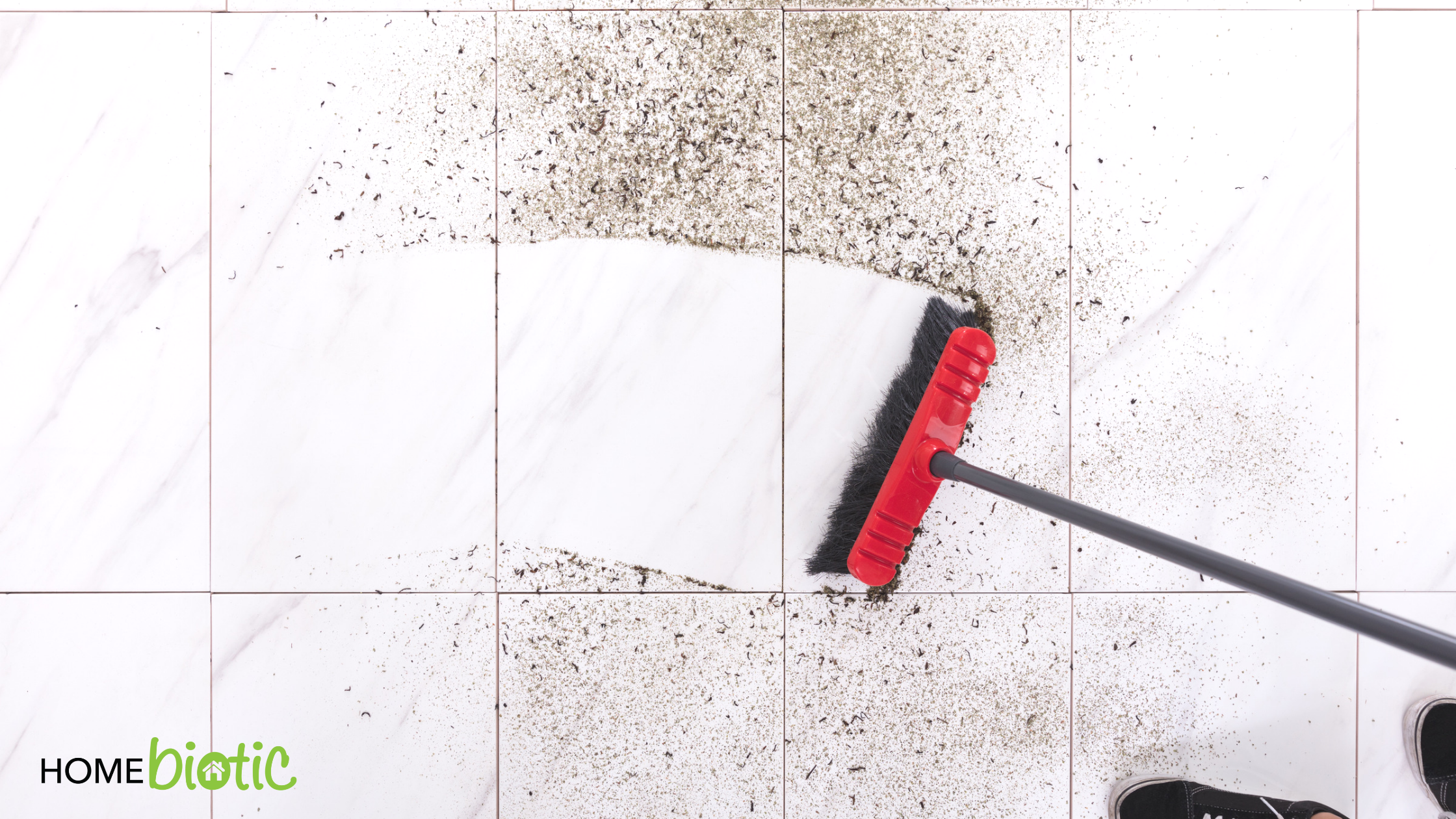

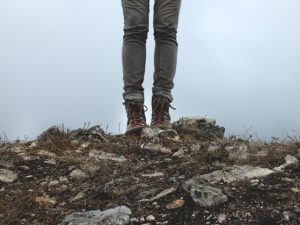 Mold & Soil-based Microbes
Mold & Soil-based Microbes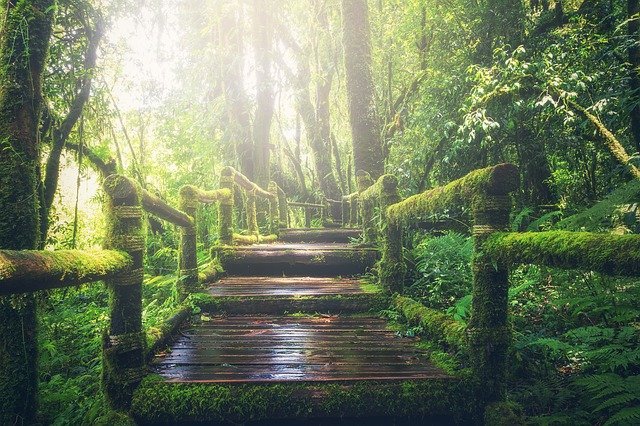
 Where Are Soil-Based Microbes?
Where Are Soil-Based Microbes? Why Don’t We Have Them in Modern Homes?
Why Don’t We Have Them in Modern Homes?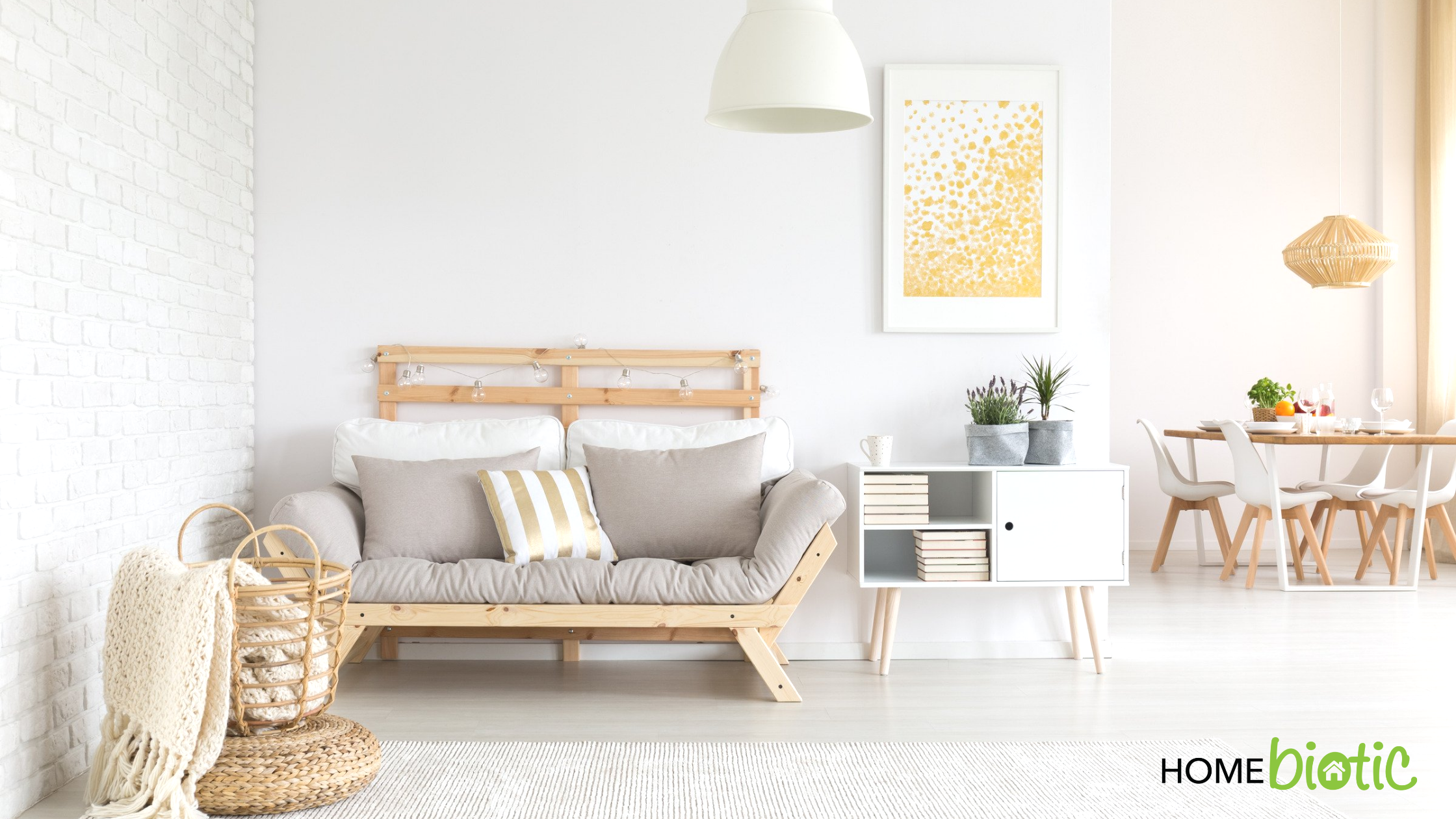

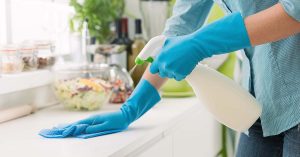 Choosing The Right Cleaning Supplies Will Decrease The Death of Healthy Microbes
Choosing The Right Cleaning Supplies Will Decrease The Death of Healthy Microbes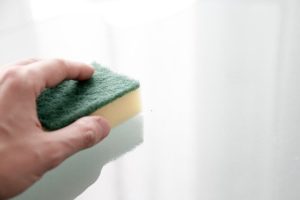 Less Cleaning Will Enhance The Growth & Health of Your Home Microbiome
Less Cleaning Will Enhance The Growth & Health of Your Home Microbiome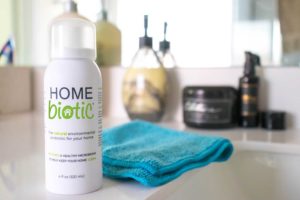 Adding More Soil-Based Microbes Acts Like a Probiotic
Adding More Soil-Based Microbes Acts Like a Probiotic


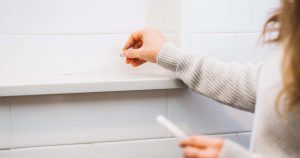 What Is Home Biome Testing?
What Is Home Biome Testing? What Is Environmental Dysbiosis?
What Is Environmental Dysbiosis?

 In the past decade, the importance of a healthy gut biome has been discussed between scientists, medical professionals, and health consumers. By now, most people know that bacteria reside in our guts and that they’re essential to our health. These bacteria are, together, what create the biome. However, many people still don’t understand why having diverse bacteria is important. More importantly, most people don’t understand the similarities and relationship between our home biome and the gut biome. We need the biome in our guts and our homes to be healthy and diverse at the same time.
In the past decade, the importance of a healthy gut biome has been discussed between scientists, medical professionals, and health consumers. By now, most people know that bacteria reside in our guts and that they’re essential to our health. These bacteria are, together, what create the biome. However, many people still don’t understand why having diverse bacteria is important. More importantly, most people don’t understand the similarities and relationship between our home biome and the gut biome. We need the biome in our guts and our homes to be healthy and diverse at the same time. What is The Gut Biome?
What is The Gut Biome? What is The Home Biome?
What is The Home Biome? How Are The Gut & Home Biome Related?
How Are The Gut & Home Biome Related?
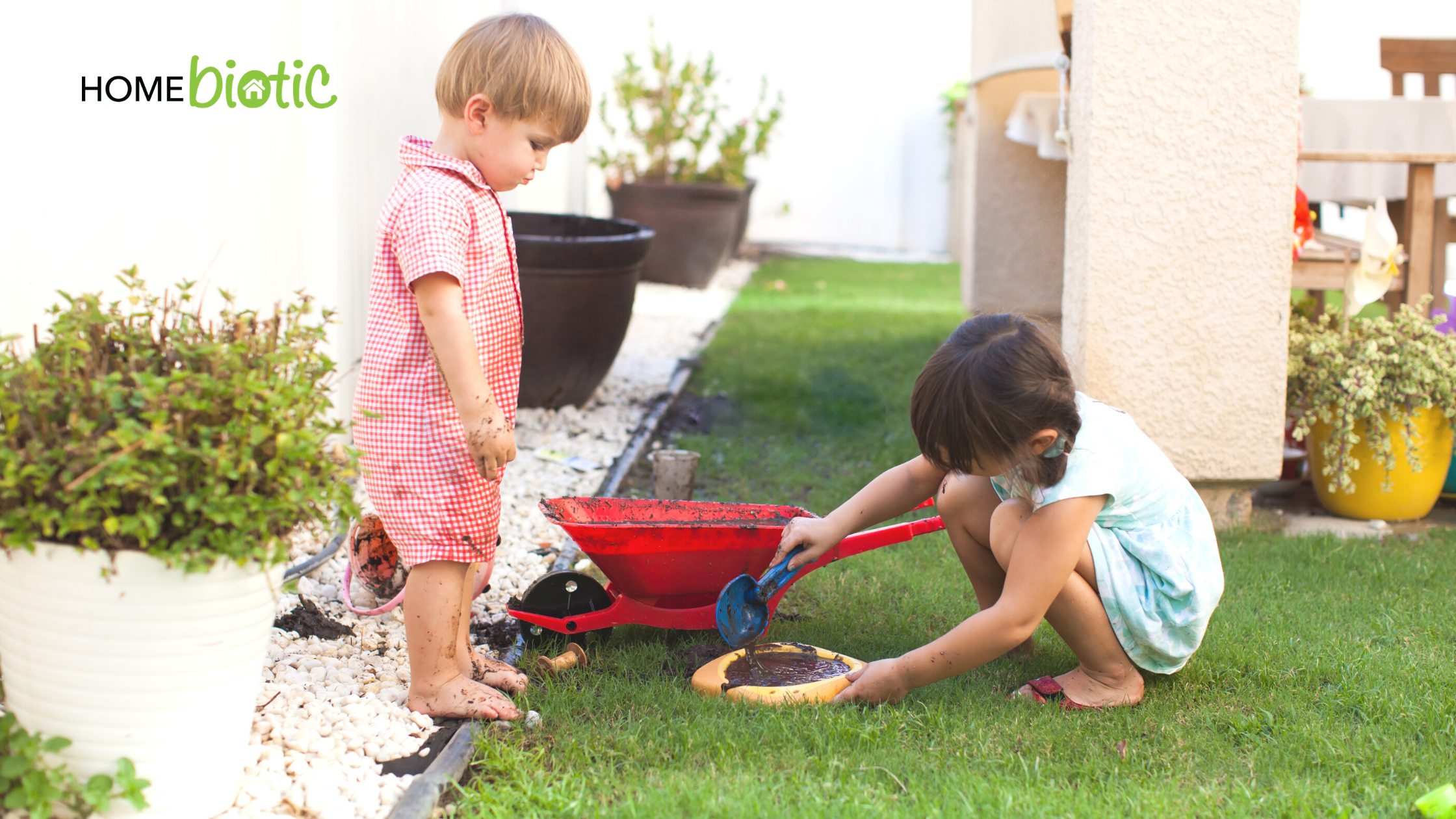
 Balance is essential because a microbiome that lacks balance will have microbes that have either decreased in numbers or and have over-grown. An unbalanced microbiome is called dysbiosis and can cause a range of health or environmental issues5,6.
Balance is essential because a microbiome that lacks balance will have microbes that have either decreased in numbers or and have over-grown. An unbalanced microbiome is called dysbiosis and can cause a range of health or environmental issues5,6.
 CONCLUSION
CONCLUSION